“It’s power dressing for men, and it’s tailoring for the future,” says Kaushik Velendra of his brand’s DNA. Since his debut on the London Fashion Week menswear calendar in January 2020, the 29-year-old south-Indian-born designer has made waves with his shoulder-enhancing menswear reminiscent of armour. For SS21, he works into his undulating silhouettes with a particular focus on fabrics—think luxurious tulle ruched and draped over tailored supertech and worsted wool.
In 2019, he became the first Indian-born designer to graduate from Central Saint Martins’ prestigious MA fashion course, and to reach the LVMH Prize semi-finals in its 2020 edition. So far this year, Velendra has also dressed the likes of supermodel Alton Mason for the Grammy Awards and Bollywood leading-man Ranveer Singh for the Filmfare Awards.
Having just moved to a new studio at 51 Hoxton Square in east London, a space once inhabited by the late Alexander McQueen, Velendra plans on sharing the studio with Indian design students. “I want to help people from the Indian community because when I came here, I struggled to find [somewhere] to cut and create,” he says.
Moments before his SS21 physical runway show in front of a small number of guests, Velendra spoke to Vogue about the experience of producing a collection during lockdown, the misconceptions surrounding being an Indian designer and his hopes for a more sustainable fashion industry.
Read more: Vogue Viewpoint: Debra Langley on the future of fashion retail, technology and sustainability
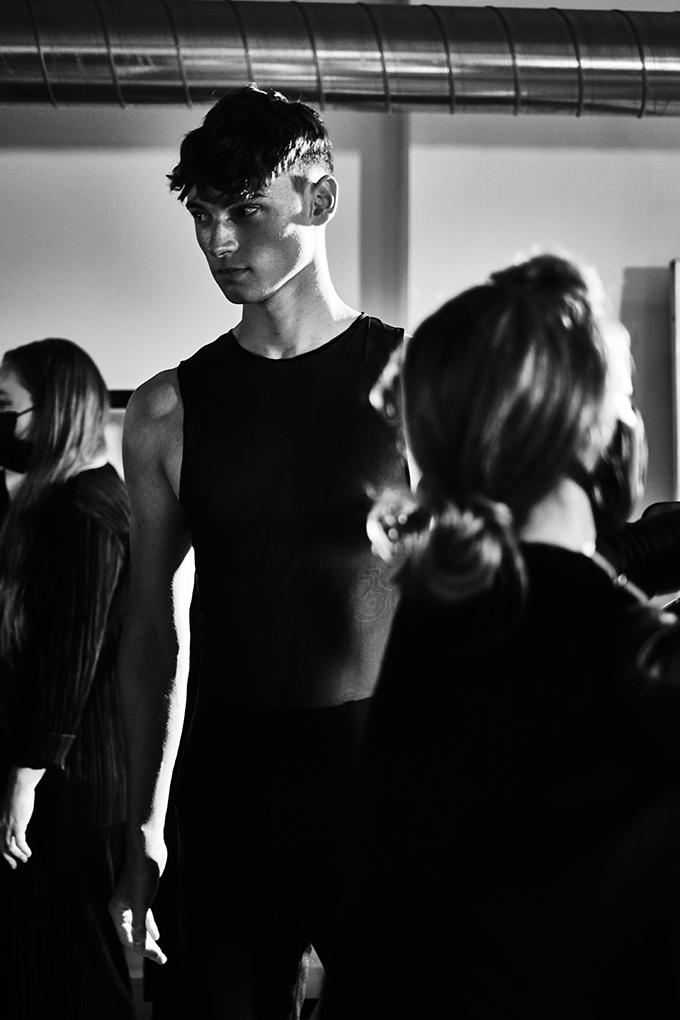
Where did you grow up and what sparked your interest in fashion?
I grew up in Bangalore, southern India. Moulding candles on the streets was my first job. Then I worked at Bollywood production houses and from that I found my own sense of style. Eventually I became the main costume designer, which I did for a few major Bollywood films such as [Bollywood producer] Mani Ratnam’s Guru [2007].
How did you start designing menswear?
It came from working with male Bollywood stars and with so many different body types—everyone wanted adjustments and customisation. This was my training in figuring out how to modify tailoring.
You applied to the Central Saint Martins MA course in fashion design 16 times. Why was it so important for you to go there and how did studying at CSM influence your work?
It’s the best [fashion] school in the world. I went from absolute poverty to sustaining and educating myself, so each time I received a rejection from CSM I needed to find out what was going wrong. I couldn’t take no for an answer and eventually I got in.
Fabio [Piras, Central Saint Martins’ MA fashion course director] had a huge role in making me understand my work. When I had my interview, I told him I wanted to create a powerhouse brand that has a reach. There’s never been an Indian brand on that top level.
What challenges have you faced breaking into the international fashion industry?
I want to change the perception of being Indian in fashion because everyone who’s heard about me expects to see colour, embroidery and beading [in my designs]. I’m trying to show a whole new dimension of what Indian craftsmanship can look like, it doesn’t have to be colourful like the Holi and Diwali festivals. Of course, that’s my culture, but I want to show we can be international without the cliches.
You’ve already dressed some incredible people. Who have you enjoyed working with recently and who is your dream client?
I’ve enjoyed dressing Jack Brett Anderson. I’d love to dress Timothée Chalamet because he is someone who could pull off our clothes beautifully.
You made your LFW debut in January 2020 and then you released a film during lockdown. How did it feel to go from showing physically to digitally?
It was difficult, but it was also a moment to show the craftsmanship in my work. I recorded myself during quarantine working on moulds. The videographer was outside the building shooting from the balconies. It was crazy, but fun.
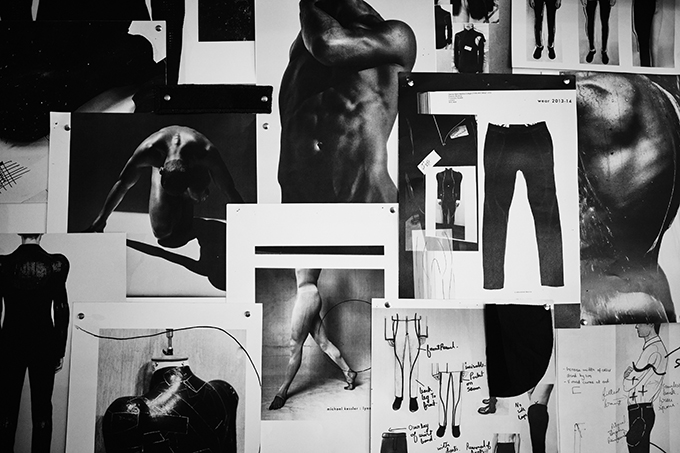
Tell us about your SS21 collection. What inspired the fabrication, cut and silhouette?
The collection is called Romeo and Romeo. The name came from Romeo and Juliet, but it has nothing to do with romance. It’s all to do with self-confidence and coming out from the darker side of [Covid-19]. During lockdown when there were no suppliers or stores open, the only thing I had was my supertech fabric, beautiful worsted wool and luxurious tulle. I wouldn’t normally mix these things, but found it shows that opposing fabrics can work together beautifully.
What’s the significance of the use of shoulder padding in your work?
It can be perceived in different ways. It’s armour, but it’s also about the feeling when you instantly experience a change in posture and a sensation in the muscles [depending on what you are wearing]. Our tailoring lifts you up and makes you feel stronger. It’s more than just a shoulder exaggeration—it builds confidence and gives new energy.

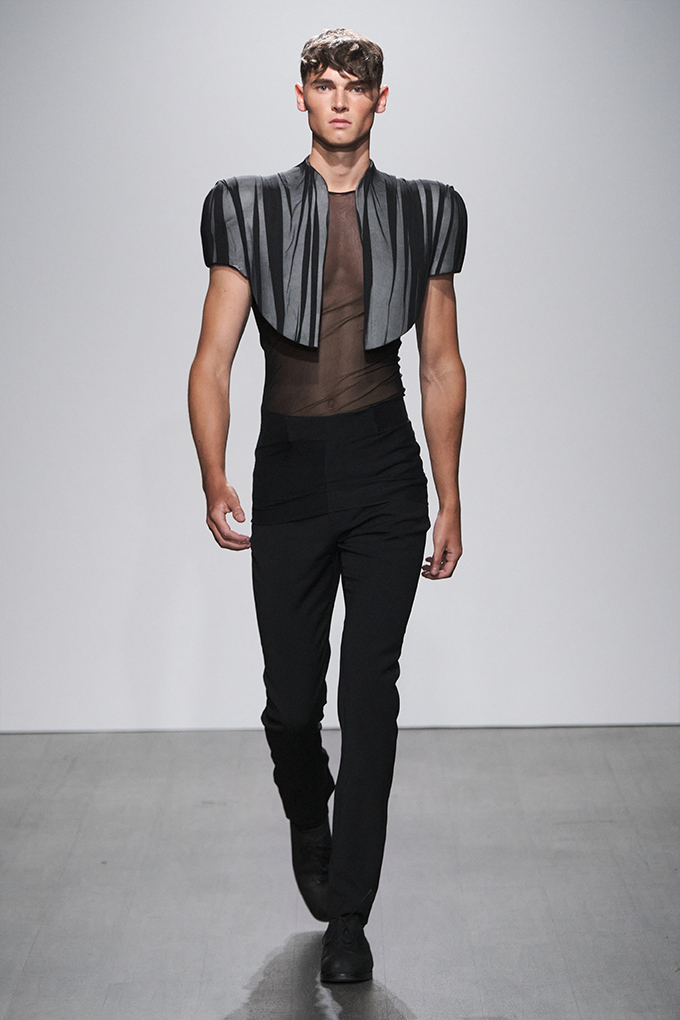
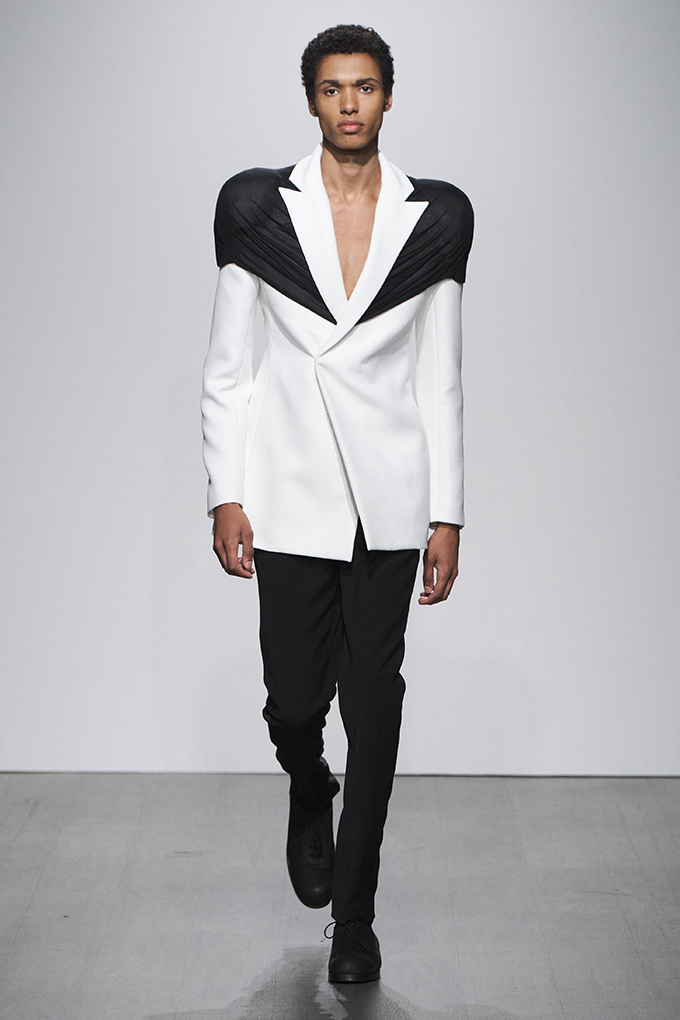
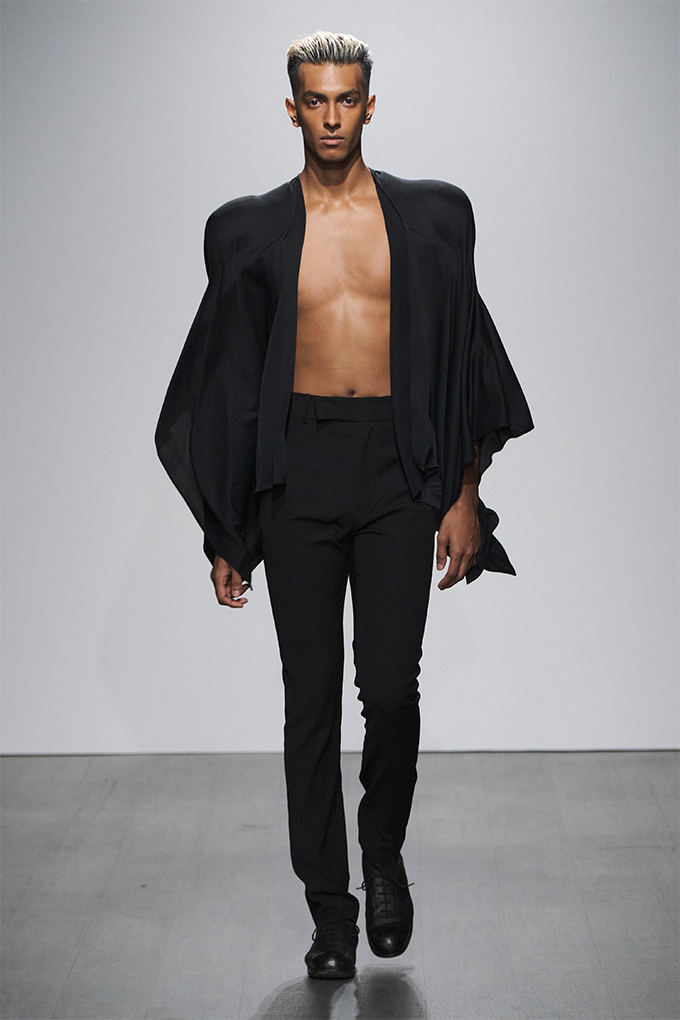


What is the process of building the moulds?
[They’re made from] heat-blasted felt, a material I’ve learned to control and understand. This links back to my history of moulding and selling candles on the streets of India. I was embarrassed to tell anyone I did that, but today I’m proud because it’s helped shape my technique.
Why do you feel it was important to stage a physical show this season?
When things are shown digitally, there’s so much that gets missed. All of my pieces are couture and, digitally, you wouldn’t see the detail and craftsmanship. It’s not just about the fabric, it’s the show itself, which adds to the emotion behind the collection.
What are your hopes for the future of the fashion industry?
Sustainability is key. You don’t need to produce so many shows and garments. There could be two seasons instead of four or just one season for some brands. There’s a perception that we have to have 60 to 100 looks. My business model is sustainable; I’m going to produce less and sell everything that’s made. I also keep a close eye on our carbon footprint.





